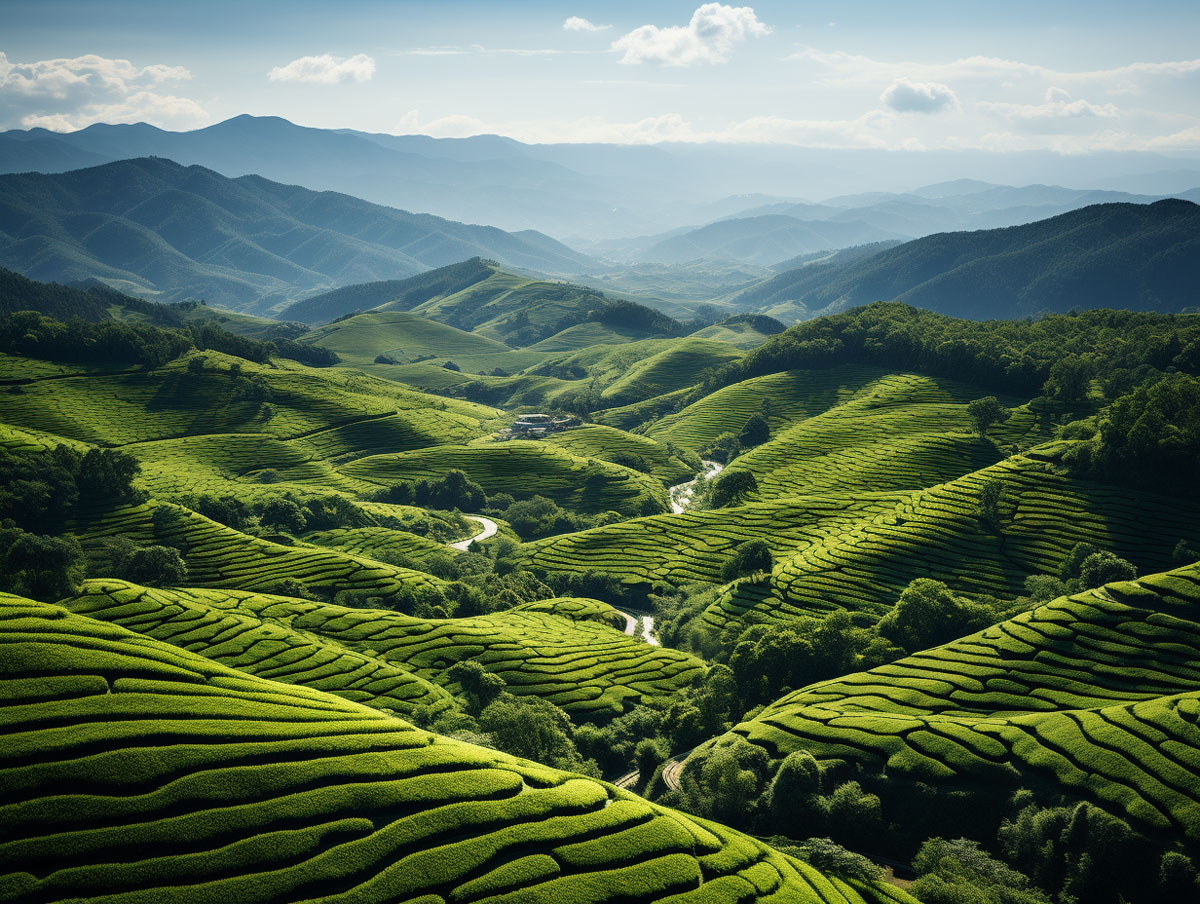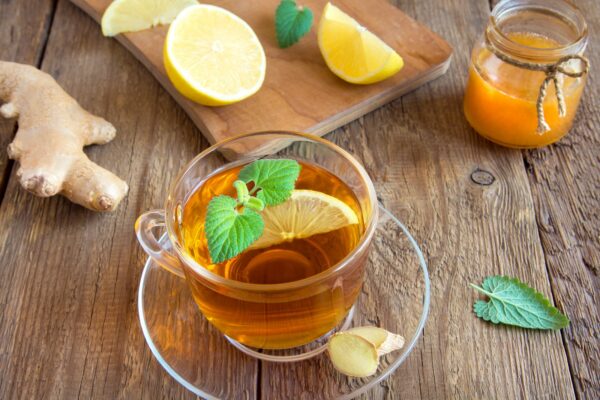Qi » Wellness Blog » Tea Blog » Tea from Yellow Mountain, China

Tea from Yellow Mountain, China
This article covers insights into some of the famous teas produced in the Yellow Mountain (Huangshan) region of China.
Most Popular Teas from Yellow Mountain
- Maofeng Tea
- Qimen Black Tea
- Houkui Tea
- JInhao Tea
Maofeng Tea
- Invented in the 1950s, it’s considered one of the top ten most famous teas.
- Picked in March, the leaves are processed by hand within five hours for the best aroma.
- The leaves are stirred, rolled, and baked, resulting in soft, loose strips with a fuzzy surface.
- The tea has a clear bluish-yellow color and a scent reminiscent of Chinese Orchid.
Qimen Black Tea
- Originating in the town of Qimen, with a tea history dating back to the Tang Dynasty.
- Created in 1975 by Yuanlong Hu and became nationally famous by 1876.
- Picked in early spring, the healthiest leaves are chosen.
- After withering and fermentation, the leaves turn dark purple or black.
- High-quality Qimen Black Tea has a mellow flavor with a pure red water color, often served with sugar or milk.
Houkui Tea
- Named after its inventor, Kuicheng Wang, who aimed to create better teas.
- Leaves are plucked on sunny days to reduce withering time.
- Stirred briefly in pans to avoid leaf damage, and the baking process enhances the aroma.
- Houkui tea has large, complete leaves without rolling.
- When steeped, the leaves unfurl and turn the water crystal green with a light metallic luster.
Jinhao Tea
- Oldest tea variety in the Yellow Mountains, popular during the Ming Dynasty.
- Its processing methods were lost but later resurrected.
- Jinhao tea is a type of black tea with a longer fermentation period, enhancing its aroma and flavor.
- The best Jinhao tea has dark purple strips with a light golden luster.
- Rich in aroma and flavor, it is popular among the older population and is believed to reduce stress and aid digestion.
The Yellow Mountains region is not only renowned for its stunning landscapes but also for its tea culture. The warm climate and abundant water in the area contribute to the production of high-quality teas, making it an essential part of the local culture and economy.
Alex Wolfgram
Alex Wolfgram is the creator of Qiful Life. After spending nearly a decade in Asia learning Qigong, Meditation, Tea Chinese Medicine concepts and Buddhism, he decided to move back to the U.S. and begin sharing what he absorbed. Alex currently teaches Qigong and Meditation by private appointments via Qiful Life's platform. He also hand picks each of the teas offered on the site. Currently, Alex is developing the Qiful Life podcast covering subjects related to Chinese health concepts, Spirituality and the Dao De Jing.






